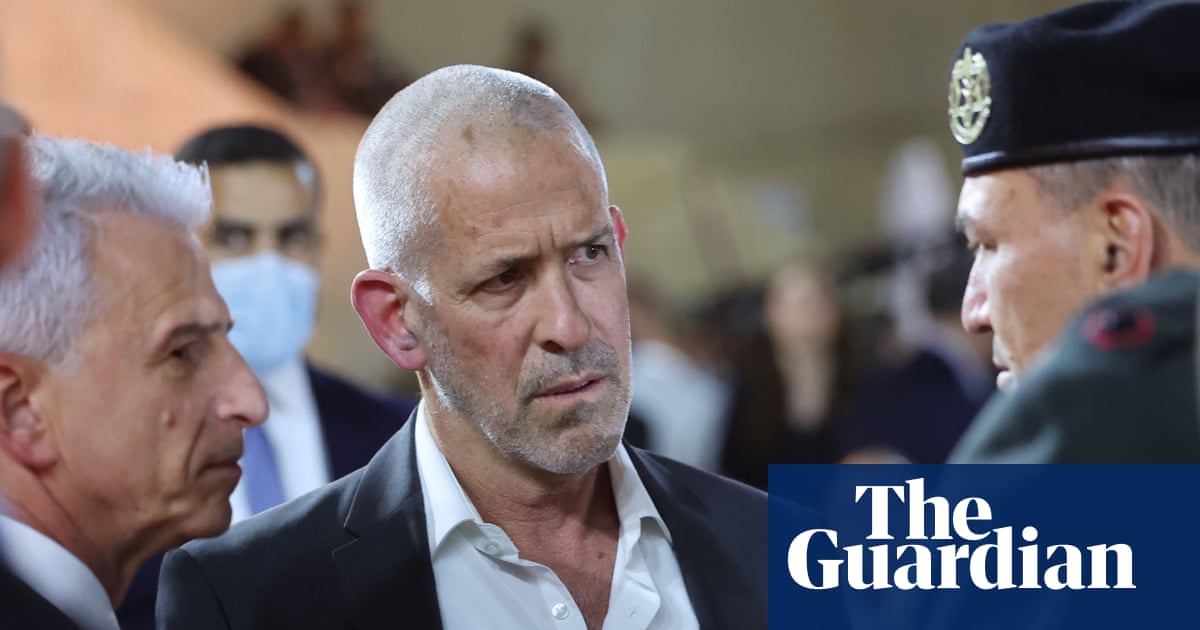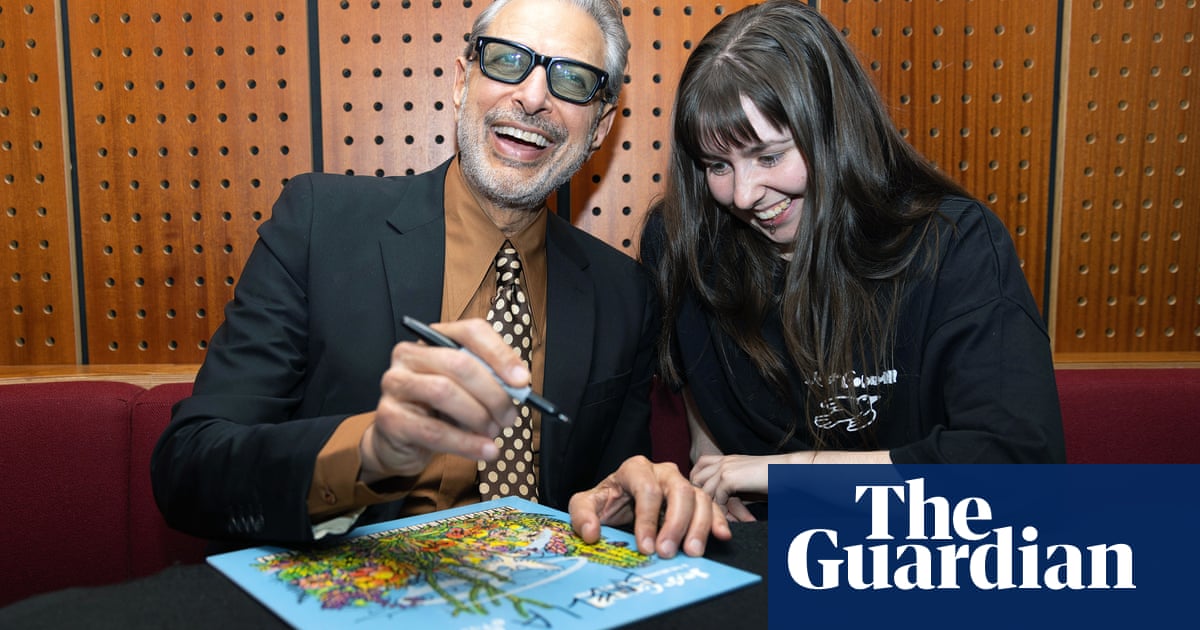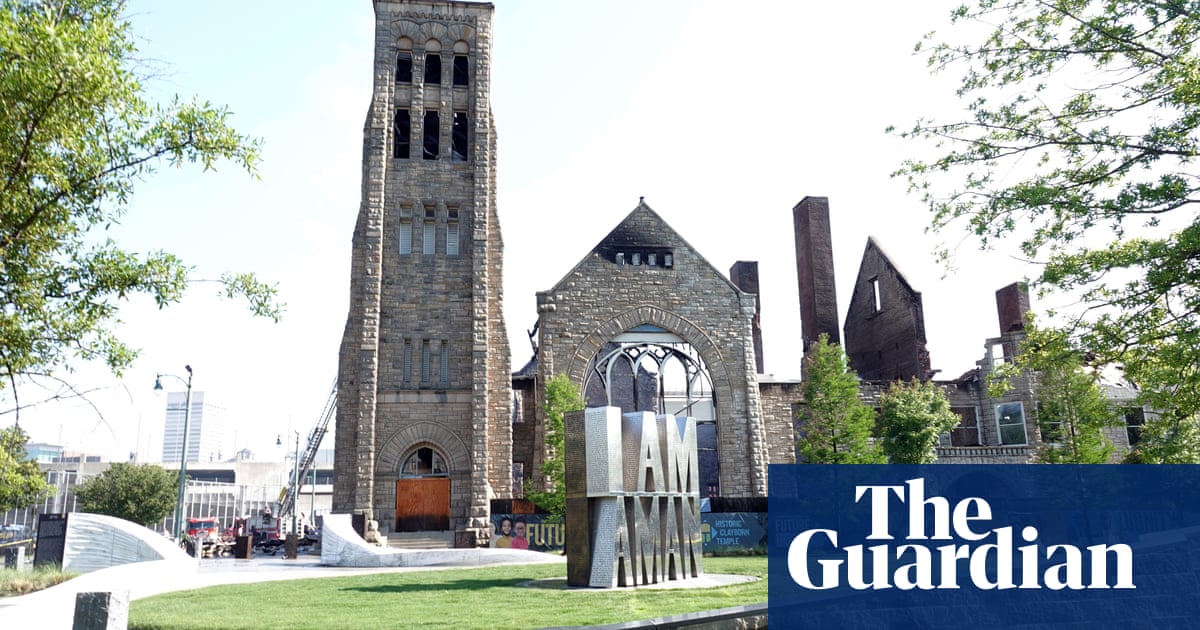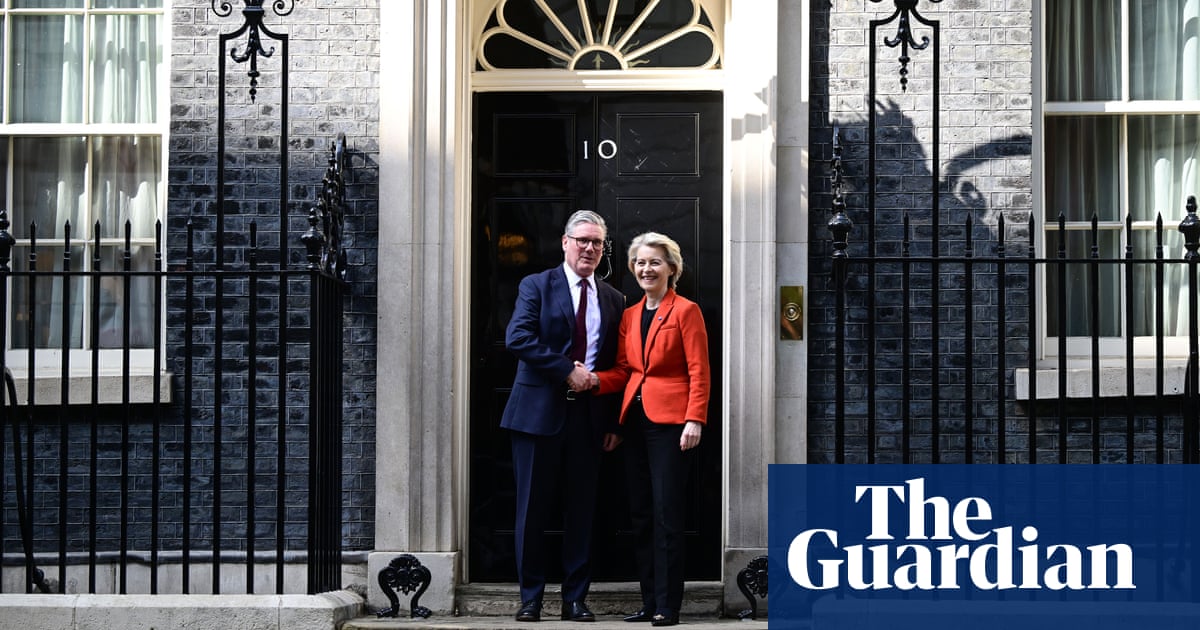She is remembered as the ultimate reclusive film star, following her shock retirement at the height of her success. But the enduring image of Greta Garbo is being challenged by a new documentary, which will show that, far from withdrawing from life – as in her most famous line, “I want to be alone” – she lived it to the full, partying with close friends.
The British film-maker Lorna Tucker has been given access to previously unseen behind the scenes footage in which the star, once described as “the most alluring, vibrant and yet aloof character ever to grace the motion picture screen”, can be seen larking about and laughing.

The footage shows a relaxed, silly, funny person,” Tucker said. “We see that the most famous woman in the world was actually very silly, very normal. But she also hungered for privacy to live out her life.”
The footage has come from one of Garbo’s Swedish friends.
Tucker has also been given access to more than 200 unpublished letters by Garbo’s grand-nephew, Scott Reisfield, who welcomed the documentary for showing another side to the star in her later life.
He said: “The whole ‘Garbo is a recluse’ meme was a media creation. Sure, she was private. But not in a JD Salinger kind of way … Yes, she did sometimes hold her hand up to ruin the shot, but that became the shot. Paparazzi sold the idea of Garbo hiding because it made them more money.”
The documentary, titled Garbo: Where Did You Go?, is an artistic exploration of the myth and mystique of an actor revered for her ethereal screen presence and described by the actor-director Orson Welles as “the most divine creature”, although she was insecure about her looks.
Born Greta Gustafsson, her beloved father was an itinerant labourer who died when she was a teenager and she grew up in poverty in a Stockholm slum.
After getting a scholarship to the Royal Dramatic Theatre in Stockholm, she was cast in 1924 in the silent epic The Saga of Gösta Berling, whose director, Mauritz Stiller, gave her the name Garbo and got her a Hollywood contract. She went on to make classic films including Mata Hari, Queen Christina, Anna Karenina and Ninotchka.
She had gone to Hollywood wanting to send money back home to her mother and sister, whose early death from cancer was to devastate her. Disillusioned with the film industry, she suddenly announced she was retiring in 1941, aged 35. She never acted again.

She withdrew from public life, relying on close and protective friends, including her long-term lover, George Schlee, and the comic actor and film-maker Charlie Chaplin. When she was awarded an honorary Oscar in 1955, she did not attend the ceremony. She died in 1990.
after newsletter promotion
Tucker said Garbo became wary of people selling stories about her: “She had to become very private and trust her instincts of who she let in, and that came across as frosty. But also it’s about how the press weave a narrative. They take a picture of her looking sad or covering her face and say, ‘She’s hiding, this woman who never goes out.’ She did go out. She partied all the time, but just at friends’ houses. She was having a wild time, but in private.
“[The press] create a narrative and then, sadly, that becomes the narrative … [They were] offering so much money to … her poorer friends to tell stories, so then they ended up getting cut out of her life and, just before she died, she was pretty much alone because she couldn’t trust anyone.”
Reisfield only recently had the letters translated and he is drawing on them for his forthcoming book, Greta Garbo and The Rise of the Modern Woman.
Mostly dating from the 1940s and 1950s, Garbo had sent the letters to his grandmother, Peggy, a former nurse who married Garbo’s brother, Sven Gustafson.
They reflect Garbo’s bid for privacy. In one letter, she wrote from Wisconsin: “Nobody recognises me here.” In another, planning to visit Palm Springs in California, she advised: “If you would like to write to me … write in Swedish, because they might open the envelope.”
The documentary is produced by Embankment, an independent film company whose productions include The Father, the Oscar-winning drama starring Anthony Hopkins. It airs on 14 May on Sky Arts, Freeview and the streaming service Now.

 17 hours ago
12
17 hours ago
12













































